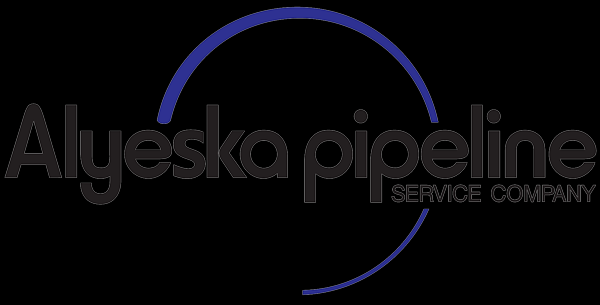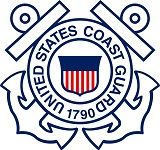


- Date: 6 p.m. Tuesday, April 21, 2020
2020 Valdez Marine Terminal Admin Sump Incident
2020 VMT Admin Sump Incident Fact Sheet 16
- Crews continue excavation and investigation of the flow path and primary entry point where oily water is making its way into Port Valdez in the vicinity of the Valdez Marine Terminal (VMT) small boat harbor.
- Teams are focusing on two main excavation sites.
- Excavation is taking place around the sump that was the source of the spill, over an area that is 40 by 40 feet, in anticipation of finding the oily water’s underground entry point.
- Crews are also excavating at the Oil Spill Response Building, located downhill between the sump and the VMT small boat harbor. They are excavating supported by a 10 foot by 10 foot trench box to create a potential collection point and prevent oily water from traveling downhill and entering the area of the VMT small boat harbor. A trench box is an engineered support for an excavation that prevents sloughing and protects personnel.
- A team is determining an additional dig site near the Oil Spill Response Building.
- About 30 people are involved in the excavation effort, including operators, laborers and surveyors in Valdez and Anchorage. More personnel are expected to be added in the coming days.
- Over the past day, response crews and personnel have made progress in oily water collection in the harbor and reduced the primary boomed area by two-thirds.
- The outflow location is from a culvert that ends at the shoreline within the primary containment boom. The outflow is currently discharging high volumes of snow melt and rain water with a minor sheen.
- Two things have contributed to reduced collection rates and the smaller footprint: (1) an observed decline in oily water entering the Port and (2) more efficient skimming operations.
- This area has been boomed since April 12 and boom is containing the spill.
- During a Tuesday overflight, a light sheen was spotted near boom that was moved outside of the containment area, and crews mobilized for cleanup. They have expanded the boom and are adjusting tactics to adapt to tides.
- "Alaskans are understandably concerned about the impact of a spill on wildlife," said Crystal Smith, State On-Scene Coordinator and Department of Environmental Conservation representative in the Unified Command. "Our recovery efforts have reduced the area that has sheen in it, lessening the opportunity for birds, seals, and sea otters to make contact with oily water."
- Human activity has been limited on the VMT berths near the response area. Birds that are perched on this infrastructure often take flight when disturbed by people or equipment and could land nearby in the response area.
- Wildlife task forces are on scene and continue surveying the area. Four deceased birds have been recovered since the start of the incident.
- As a precaution to protect nearby sensitive areas and prevent wildlife disturbance in Port Valdez, four areas are being protected by boom and monitored regularly: the Solomon Gulch Hatchery, the Valdez Duck Flats, Saw Island and Seal Island.
- As of 11 a.m. Tuesday, approximately 866 barrels (36,372 gallons) of water/oil mix has been collected from recovery activities on the water. Crews are measuring and analyzing the composition of the collected liquids, a process known as metering.
- From those collected volumes metered so far, approximately 511 gallons (12 barrels) of oil has been recovered.
- In addition, 30 gallons of oil (less than one barrel) have been recovered from land to date.
- Metering work continues and the exact volume of oil spilled remains undetermined.
- Testing of critical system piping, including all systems that have potential to contribute to the spill, was completed over the weekend; all piping passed pressure testing and verification of its integrity. There are no other leaks in the area.
- TAPS operations are not impacted. The oil tanker, Polar Enterprise, arrived at the VMT this morning (Tuesday).
- More than 240 people are involved in the response, locally and around the state.
- All are working in accordance with state, local and Alyeska company policies and mandates in order to protect the health of the workforce and the surrounding communities amid the COVID-19 pandemic.
- 15 Vessel of Opportunity boats are on scene; 13 Alyeska work boats are also on scene, including landing craft, inflatables, river boats and others.
- More than 26,000 feet of boom is deployed. Response crews continue monitoring and maintaining boom systems.
- For the safety of response personnel and the public, a Temporary Flight Restriction area remains in place, set at 5,000 feet elevation and one mile in radius over the VMT working area.
For information and updates on the response, check back to this ADEC site.

 Indicates an external site.
Indicates an external site.